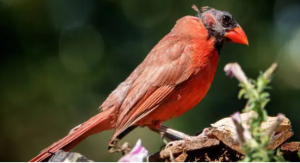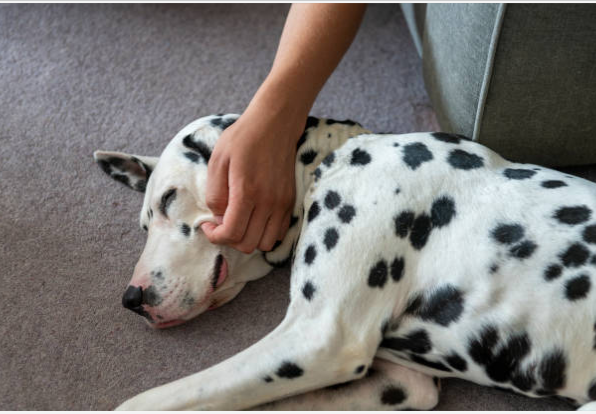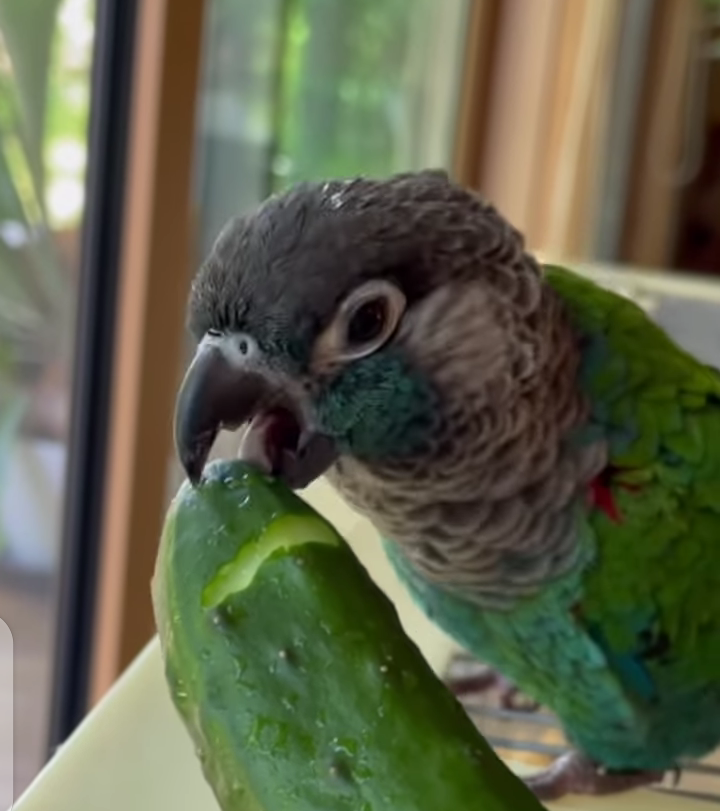Bird Molting: What You Need to Know
Molting is a natural process that all birds go through. It is the shedding of old feathers and the growth of new ones. Molting occurs at least once a year for most birds, and some species may molt multiple times yearly.
Molting is essential for birds because it helps them to:
- Maintain a healthy and functional plumage
- Adapt to seasonal changes
- Attract mates and defend territories
When do birds molt?
The timing of molting varies depending on the species of bird. However, most birds molt in the spring or fall. This is because these are the times of year when the bird’s environment changes and needs to adapt. For example, birds migrating in the fall may need to grow new feathers better suited for flying long distances.
How does molting work?
Molting begins when the bird’s body starts to produce new feathers. The new feathers grow under the old feathers, and eventually, the old feathers fall out. The molting process can take anywhere from a few weeks to several months, depending on the size and species of bird.

What are the signs of a molting bird?
There are a few signs that a bird is molting:
- You may notice loose feathers in the bird’s cage or environment.
- The bird may be more lethargic than usual.
- The bird may preen itself more often.
- The bird may have patches of bare skin where the old feathers have fallen out, and the new feathers have yet to grow in.
How to care for a molting bird
There are a few things you can do to help your molting bird:
- Provide the bird with a nutritious diet.
- Make sure the bird has access to fresh water at all times.
- Mist the bird with water regularly to help keep its skin moist.
- Provide the bird with various perches to help it exercise its feet and legs.
- Avoid handling the bird too much, which can damage its new feathers.
Common concerns about molting birds
Here are a few common concerns about molting birds:
- My bird is losing a lot of feathers. It is usual for birds to lose a lot of feathers during molting. However, if you are concerned about the amount of feathers your bird is failing or if you notice any bald patches, you should consult with a veterinarian.
- My bird is lethargic and irritable. It is also normal for birds to be more passive and irritable during molting. This is because they put a lot of energy into growing new feathers. However, consult a veterinarian if you are concerned about your bird’s behavior.
- My bird’s new feathers need to grow correctly. If you notice your bird’s new feathers are not growing properly, consult a veterinarian. There may be an underlying medical condition that is causing the problem.
Overall, molting is a normal and healthy process for birds. By understanding the molting process and how to care for a molting bird, you can help your bird through this critical time.
Here are some additional tips for caring for a molting bird:
- Provide your bird with various toys and activities to keep it entertained and occupied.
- Place your bird’s cage in a quiet area where it will not be disturbed.
- Avoid exposing your bird to drafts or sudden temperature changes.
- Monitor your bird’s weight closely and ensure it is not losing too much weight.
- If you have concerns about your bird’s health or well-being during molting, please consult a veterinarian.
Common molting problems
While molting is a normal process, a few common problems can occur. Here are some of the most common molting difficulties and what you can do about them:
- Impacted feathers: An impacted feather is a feather that is unable to break through the skin. This can happen if the bird lacks nutrients or has a skin condition. If you notice an impacted feather, gently try to free it. If you cannot release the feather, consult a veterinarian.
- Feather plucking: Some birds may pluck their feathers during molting. This can signify stress, boredom, or a medical condition. If you notice your bird plucking its feathers, consult a veterinarian to determine the cause and get appropriate treatment.
- Feather cysts: A feather cyst is a lump under the skin where a feather grows. Bacteria or fungi often cause feather cysts. If you notice a feather cyst on your bird, consult a veterinarian for treatment.
Conclusion
Molting is a natural and essential process


